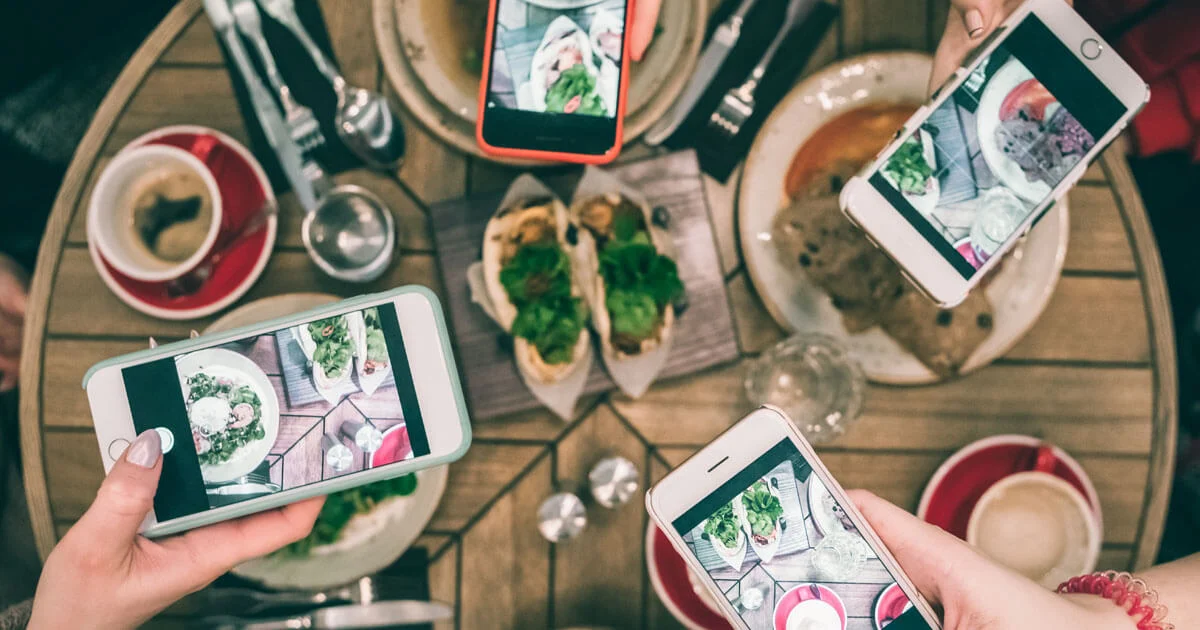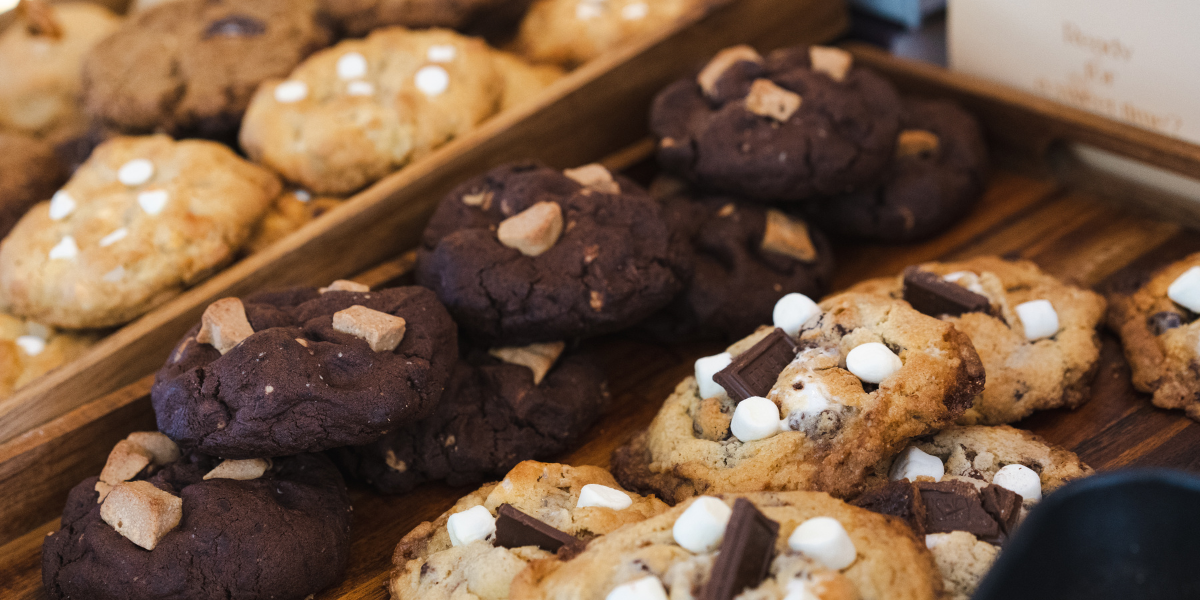Many restaurants THRIVE on social media. Social media allows businesses to promote themselves to local customers and while doing so, create conversations.
However, with many businesses turning to social media to promote their brand, competition has become bigger than ever. With so much competition, standing out on social has never been more important.
Social Media Promotes an Open Dialogue between Restaurant and Customer
From studies it has become apparent that restaurants that engage with their customers are often the ones who are able to succeed in the digital marketplace and coax more people through the door. What’s more, big social networks like Facebook have begun to compete with review sites, allowing customers to rate businesses directly on their page.
Social Media allows for engagement on an unprecedented scale – but when it comes to restaurateurs, the baseline comes purely from the amount of people coming through the door. Much like in the past, word-of-mouth is paramount to building a steady footfall of patrons, and while negative reviews can damage reputations, Social Media does something different. It allows businesses to identify and act on issues, and ultimately turn that negative into a positive.
Using Social Media for Restaurants
Social Media can really help assist in increasing awareness of restaurants across the online community. When you focus on engaging with your customers, promoting your food and developing intrigue about experiences, you can begin to generate a motivation within those customers to get through the door. Couple that with the fact that Millennials are far more likely to advocate a businesses they like on Social Media and promote it to their own personal network, and it’s impossible to overlook the potential for growth.
That said, what does that actually look like? Here are our tips on how to do Social Media for Restaurants…
Tailor posts around what you serve up & focus on your customers
If you know your restaurant, social media content should be a doddle. There’s a reason for this – users value authenticity but dislike businesses that constantly big themselves up. The best restaurants know why people visit them, whether that is for the cuisine, the ambience or the esteemed chef in the kitchen. So keep this in mind when you post and engage with customers online. Focus on what your customers want to hear and see, not what you want to tell them.
Keep your social media branding inline with the restaurant
Users who have previously passed or been to your restaurant are likely to disregard any page that doesn’t live up to your branding. It doesn’t take much to make your page look professional, just a banner and profile picture that match with your brand. Keep in mind that these can be used to promote offers, but this should never be carried out at the cost of visual appeal.

Users love a good deal for their food
Most restaurants are well aware of the benefits of deals on increasing footfall. You should consider rewarding customers for engaging with you on social media by giving them exclusive deals. These are the perfect incentive to get people through the door of your restaurant. Use deals and competitions to encourage sharing among your customer base. Use deals frequently if you want to win the long game.
Want some advice on creating content? Our guide for creating content for Facebook has just what you need!
Get involved in conversations about local events
A local restaurant represents something unique and exciting within its community. Create deals and content that talk about local news and events. Get the kitchen to create exclusive celebratory dishes. Twitter is the perfect tool to get involved in conversations about local events.
Get your restaurant live on social media?
Live video on social media has become a force to be reckoned with in recent years. With apps like TikTokk and Instagram making it as simple as can be. Live-streamed content is exciting and engaging because it’s instantaneous. If you want to see how you could use it, check out our article on how to build your brand with Periscope.
Be human
Always acknowledge your staff on social media. The brand that succeeds is the one with a human face, and if you have a team behind you, share their successes with the world. Post photos of them crafting cocktails or plating up. If people see a team who love what they do, they’ll naturally feel good about your restaurant.
Respond to reviews, negative and positive
This is perhaps the most important of all points for restaurants that want to succeed at social media. Earlier on we explained that restaurateurs who take the time to respond to reviews can actually win back customers who weren’t sure about them in the first place. Be sure to respond to all reviews. Thank those who thank you and encourage them to tell their friends. Similarly, respond professionally and sensitively to negative reviews, ensuring that the user feels valued. Under certain lights, Social Media is a glorified customer service tool – so make use of it!
And, obviously, include food
Photos are among the highest-shared of all social media content, but video has quickly become the most engaged-with. You’re a restaurant. You do food. People love looking at food. At the very least you need to share photos of your food, but why not also post videos of your chef cooking the food or snippets of your evening service?
Restaurants who spend time on social media are investing in engaging with their customers on another level and encouraging awareness on a larger scale than any other traditional marketing avenue can offer. The evidence of real people supporting and promoting eateries on social networking is crystal clear. Now is the time to take advantage of it for your business.
Looking for some help to take your social media to the next level? Get in touch with the team here at Giraffe to see how we can help!
Article originally published in 2016. Updated in 2022 for accuracy.






